Doing the right work in the correct quantity and intensity and at the right time is the fastest way to improve. But where do you start? Improving is an iterative process; it requires a series of steps that you repeat. Setting goals, tweaking and optimizing Readiness, Focus, and Intensity, and adjusting your training.

We developed Focused Iterative Training, FIT, to help you improve in 3 simple steps:
- Observe how workouts are executed
- Discover where athletes are lagging behind
- and Adjust training through guided feedback
This article focuses on the ''Observe'' phase and covers all the best practices to set you up for success. The first step is to start tracking all your workouts and spend some time observing how the workouts are executed. Let's dive in!
Why is an observation period essential?
During the observation period, learning the best practices that set you on the right path to success with metrics is essential. You’ll learn to capture accurate data, interpret the Triton Score, choose metrics, engage with real-time data, and leverage data after practice.
We recommend tracking workouts for roughly 4 weeks to establish training trends before making any data-driven decisions.
1. Capture accurate data
You have your TritonWear and are ready to hit that first workout. Before you do, it is essential to practice correct unit placement, as any position or orientation variation will influence data accuracy.
A successful unit placement has three critical components:
Position. The unit should be positioned below the widest part of the swimmer's head, just above the nape of the neck.
Orientation. The orientation should be vertical and in the head’s center.
Consistency. It's also important to ensure athletes place the unit the same way for every workout. This helps the algorithm recognize their specific movements and create each athlete's unique swimming profile.
Furthermore, swimmers need to focus on strong starts and finishes, swimming the prescribed workout, and hitting the right pace times for quality data.
.png?width=324&height=181&name=Unit%20Position%20(2).png)
.png?width=323&height=181&name=Unit%20Position%20(1).png)
2. Interpreting the Triton Score
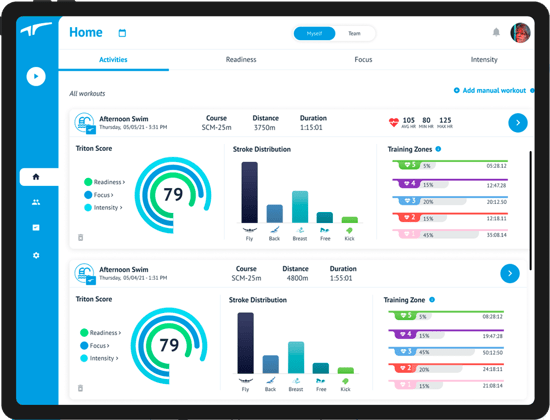
With each practice, your purpose is to help your swimmers decrease drag, improve speed and become race-ready. So, how do you know if your plan is working, without fail every single day? The only way to know is to adopt and integrate tech tools that offer you feedback on how your athletes are progressing.
Feedback on practice execution will show you if you are doing what you planned for the day and, more importantly, if it's working. During this initial period, the goal is to get to know the Triton Score and its changes over time. Use it to know how well your athletes are training and strike the right balance of load, effort and technique.
In the app, you can view the Triton Score, along with the athlete's Readiness, Focus, and Intensity scores. Each one will show you a different component of training. How much you torque on each score will vary depending on your training phase and what you aim to achieve for each cycle. So keep this in mind when planning your season and use:
Readiness to track what training load your swimmers hit vs what you planned.
Focus to target the skills that lead to faster swimming
Intensity to build the athletes' ''engine''
What impacts Triton Score?
An observation period will also allow you to notice and understand how training habits, workout objectives, and external factors (nutrition, sleep etc.) affect the Triton Score.
For example:
Training habits may impact your swimmers' Focus Score. Maintaining technique under intense sets and avoiding compromising skill focus for intensity is important.
Scope of practice. Each workout follows a plan for how hard it should feel and what energy systems should be targeted. As a coach, you plan intensity depending on where you are in the season. Periodization, in this case, will impact the swimmers' Intensity scores.
Lack of sleep or insufficient nutrition may impact your athletes' Readiness score. Feeling tired, sore, or without energy will affect how they feel in the water and their ability to respond to the workout. During these off practices, it’s important to focus on skills.
3. Choose metrics
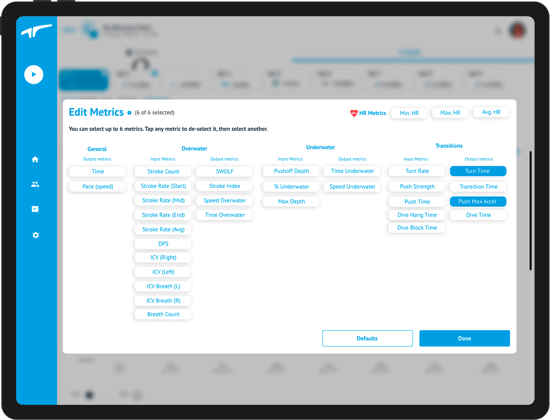
By default, there are six favourite metrics; we've selected the most foundational metrics for every phase (overwater, underwater, transitions). These metrics are an excellent start on what to aim to improve first. It’s good practice to analyze each metric's performance before changing them. Over time, you can dive deeper into athlete data and incorporate other metrics for more targeted training.
The time you spend will give you the insight you need to set smart goals. At the end of the day, what metrics you choose will largely depend on your short-term and long-term goals for each swimmer. Keeping the athlete-coach communication open will ensure that goals and training scope are aligned. You can always change and customize metrics at any given time.
4. Engage with real-time data
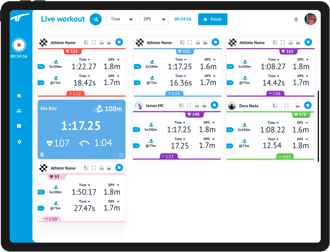
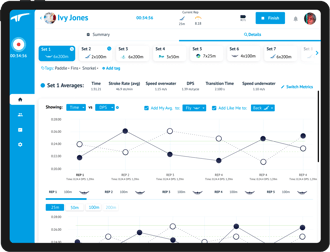
Real-time data offers high-level insight into each swimmer's profile. Monitoring live skills, heart rate and training zones will help your athletes develop accountability for their performance. With all of these insights at your fingertips, you can monitor their progress in real-time — every meter swam, every heartbeat counted, every second spent in each zone. Plus, all that info is displayed on a tablet right before your swimmers eyes, which means no slacking on the walls or those Saturday morning kick sets.
5. Leveraging data after practice
Analyzing and turning data into actionable steps can be time-consuming and challenging. The TritonWear app breaks that data down into digestible scores and personalized feedback to make it easier for you. To unlock drastic improvements, reflect on the workout and encourage athletes to keep a journal, input their workout rating, and interpret their Triton Score.
Dive into the next phase of Focused Iterative Training
If you see yourself as a coach with a growth mindset or someone ready to take coaching to the next level, grab this playbook; it's step-by-step guidance to help you integrate data into your training.

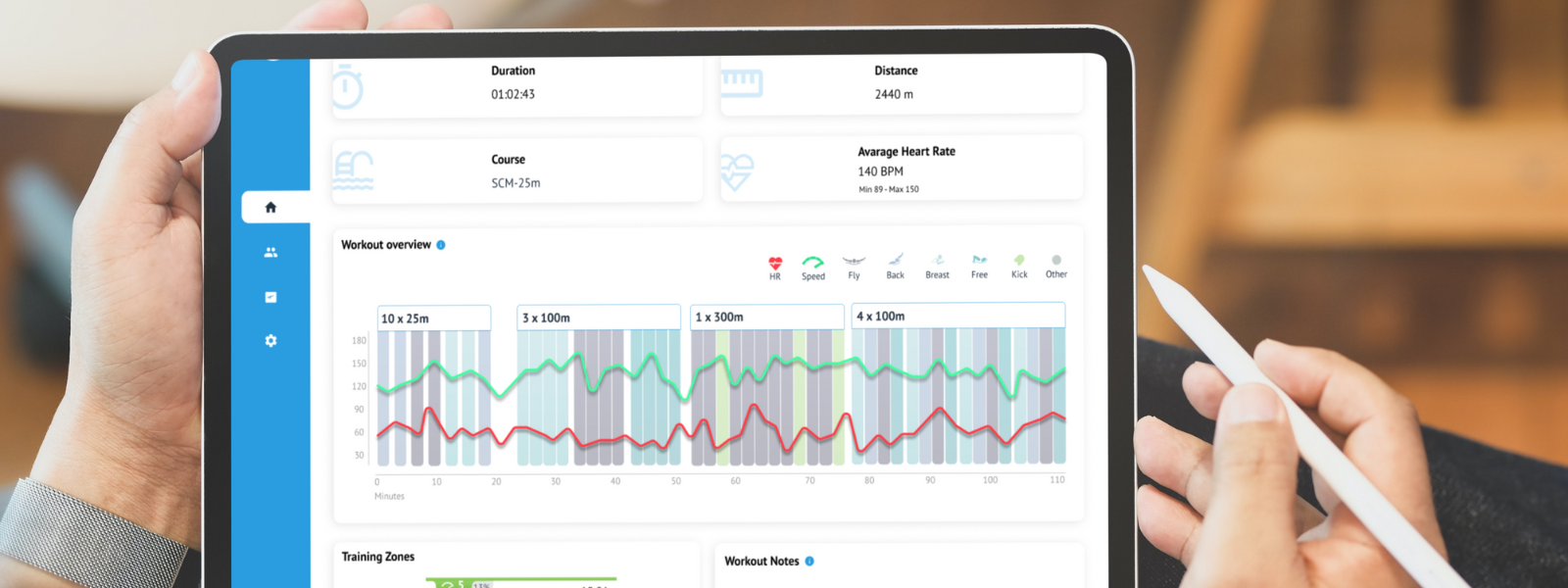

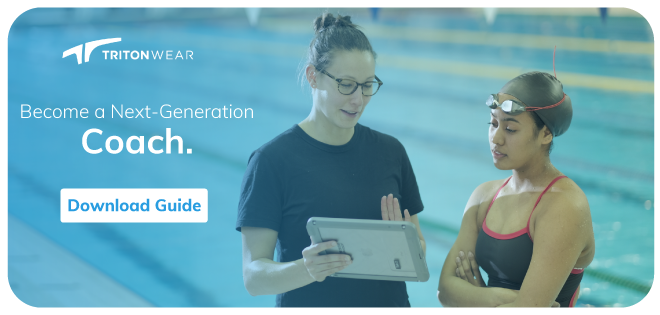

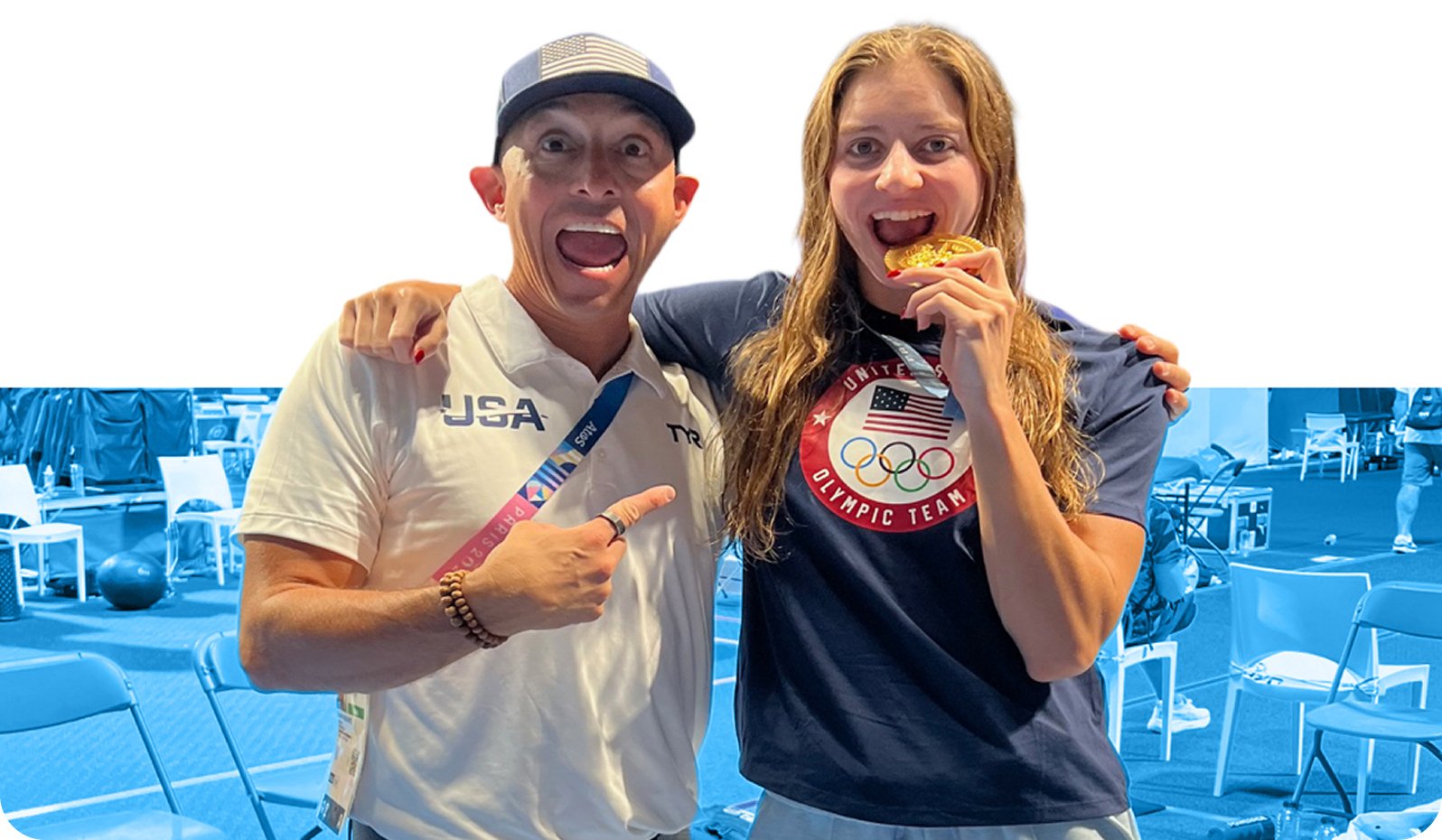
.png)
.png)